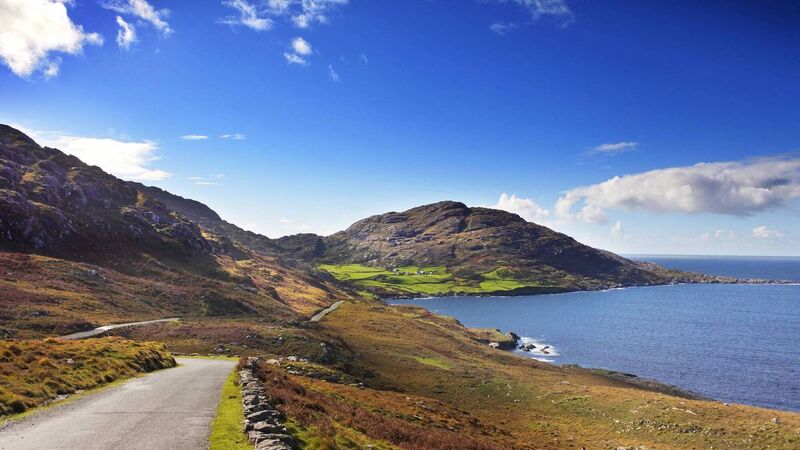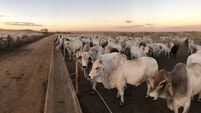Nine-day event for National Heritage Week

Coast road on the Beara Peninsula, County Cork, South West Ireland.
National Heritage Week, a nine-day island-wide event, links culture, nature and history with over 2,000 projects.
Waymarked trails that link the past with the present are an important part of that heritage.
And they are a natural fit for this year’s Heritage Week (August 17-25), with its theme of Connections, Routes and Networks.
It explores the many ways people are linked through their heritage – from physical pathways like roads, canals, and trails to cultural ties through family, pastimes, history and traditions.
Ireland’s longest national waymarked trail stretches from Dursey Island in Co Cork to Blacklion in Co Cavan.
It runs for over 700km and traverses the counties of Cork, Kerry, Limerick, Tipperary, Offaly, Galway, Roscommon, Sligo, Leitrim and Cavan.
The Beara Breifne Way is made up of 12 existing trails or long-distance walking routes and sections that link all of these.
It traverses the Wild Atlantic Way and Ireland’s Ancient East destination brands and generally follows the route of the legendary march taken by Dónal Cam O’Sullivan Beara in 1602.
He led 1,000 men and women, including 400 soldiers, on an epic march north, hoping to join forces with rebel leaders in Ulster.
They sheltered and ate where they could but were ambushed time and again by native chieftains.
After 14 days, O’Sullivan Beara and his people reached Leitrim Castle, the stronghold of the rebel O’Rourke of Breifne. Only 35 of those who started the walk remained.
Places and communities which they visited along the way have developed their sections of the route for recreation and other visitor attractions.
The Way runs almost the length of the country and takes the walker and cyclist to some of its most beautiful and least explored areas.
From the rugged coast of Beara, it crosses six mountain ranges, linking bogs, woodlands, riverbanks, rolling farmland, areas of Natural Heritage and Special Protection and the lake regions of Roscommon and Leitrim.
All along the route, there are clan connections to the March of O’Sullivan Beare that remain unbroken to this day and the finer details of the route are supported by folk memory as much as by historical research.
However, the highlights of the walk encompass a much broader range of historical, cultural and natural points of interest from ancient stone circles and places of religious pilgrimage to Big Houses and cottages, and War of Independence ambush sites.
The 400th anniversary re-enactment of the March of O’Sullivan Beare led directly to the creation of this official walk. The venture came from the ground up.
It involves about 60 community groups. Over 40,000 people have walked or cycled sections of the route. Some have even travelled it on horseback.
Work is ongoing to ensure that all aspects of the route’s heritage are presented along the walk with plaques and map-boards covering topics ranging from local mythology to bird. According to the Heritage Council website, almost all the land used is private. Farmers and landowners came together to grant access to walkers.
People can walk local sections or take on the challenge of the entire route using a unique walking passport to catalogue their progress over days, months or even years. Each community has chosen a stamp to represent its character.
It is the type of project that reflects the ethos of National Heritage Week, which brings together communities, families, organisations, cultural institutions, academics and enthusiasts.
Coordinated by the Heritage Council, it has grown from a small 500-event programme to almost 2,000 in 2023.
Minister of State Malcolm Noonan said the awareness and appreciation of heritage that it has been raising over the last 25 years has helped to shape more informed views, change hearts and minds and preserve incredible resources.
Heritage Council chairperson Martina Moloney said volunteers and community groups are the foundation of this wonderful festival of heritage.
Their dedication and generosity ensure the success of Heritage Week, offering diverse and enriching experiences for anybody with even a passing interest.
She also said the invaluable support of local authority heritage and biodiversity officers, who work tirelessly behind the scenes all year round cannot be overstated.










